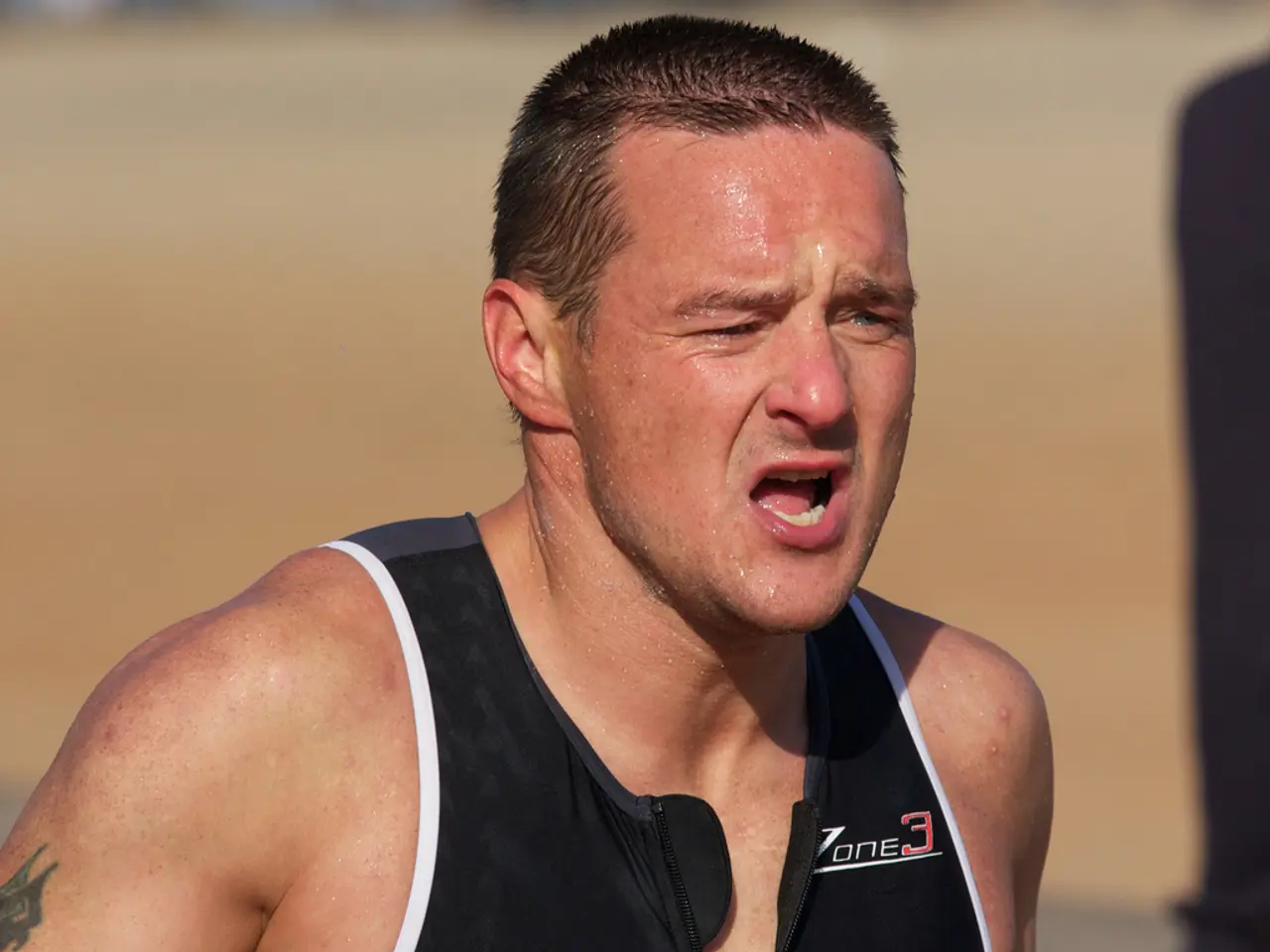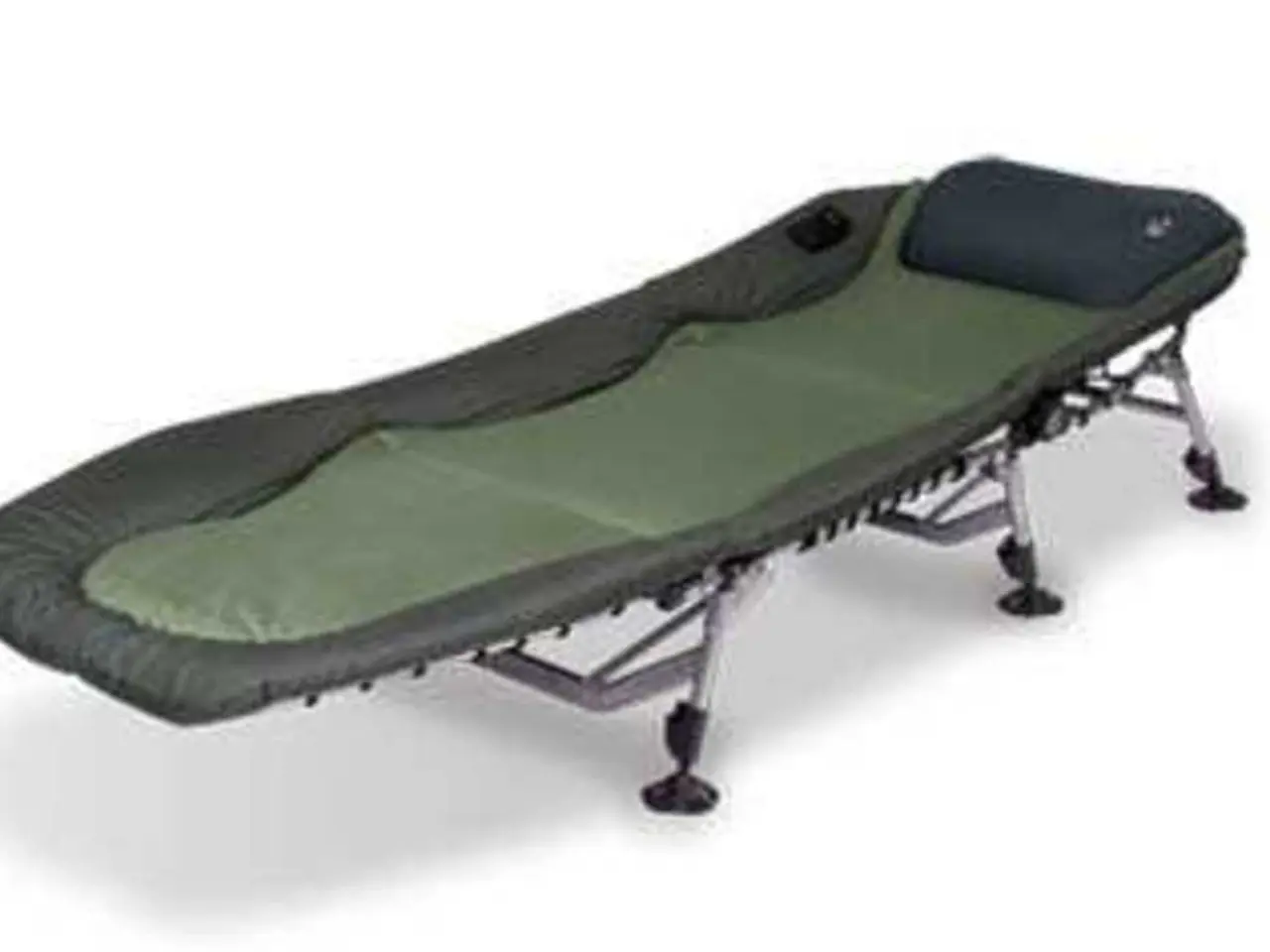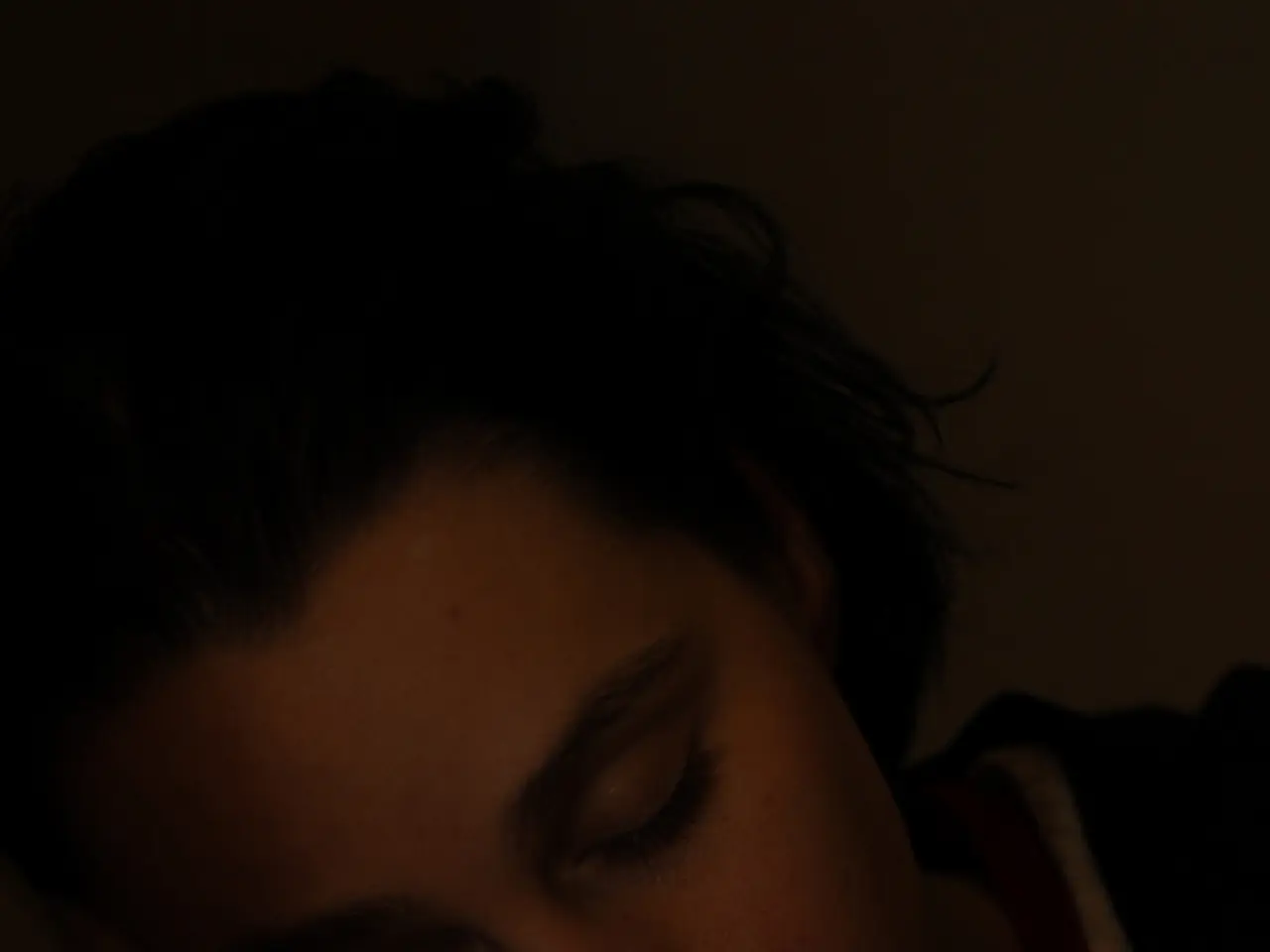Recognizing Heat Stroke Warning Signs: A Call for Immediate Treatment - Similar to a Heart Attack's Urgent Need for Medical Help
As temperatures rise, it's essential to be aware of the dangers of heatstroke, a potentially life-threatening condition that can occur when the body's core temperature reaches 40°C (104°F) or higher. Symptoms of heatstroke include heavy sweating, rapid pulse, confusion, flushed skin, rapid breathing, and rapid heartbeat.
If someone is suspected of having heatstroke, immediate action is crucial. Try to cool them down before they reach the hospital. Remove unnecessary or tight clothing, and use cold towels or ice packs on their neck, armpits, and groin. Spraying the affected person with water and placing them in front of a fan can also help. In severe cases, placing a person in cold water, such as a bathtub, may be necessary.
Heatstroke requires immediate medical treatment to prevent brain damage, organ failure, and death. If untreated or severe, heatstroke can lead to multi-organ failure. In the hospital, a doctor may need to monitor vital signs, administer intravenous (IV) fluids for significant dehydration, and provide advanced life support if necessary.
Children under four and adults over 65 are particularly at risk for heatstroke. Spending time outdoors in hot and humid temperatures, especially while working or exercising, can also increase the risk. High heat stresses all body functions, so it can cause shortness of breath, shallow breathing, or hyperventilation.
Prompt recognition and aggressive cooling are essential for survival and minimizing complications. Beyond a core body temperature above 40°C, the additional warning signs of heatstroke include altered mental status, hot, dry skin, other neurological signs, cardiovascular and respiratory symptoms, and potential for organ injury.
It's important to note that heat exhaustion, while less severe, can still be dangerous. Symptoms of heat exhaustion include heavy sweating, cold, pale, or clammy skin, a fast, weak pulse, nausea or vomiting, muscle cramps, tiredness, weakness, dizziness, and headache. Heat exhaustion can be treated at home by cooling down, finding a shady spot or going indoors, and drinking plenty of fluids. However, heatstroke always requires immediate medical treatment.
In conclusion, staying safe in the heat involves being aware of the signs and symptoms of heat-related illnesses, taking steps to cool down when necessary, and seeking medical help when needed. By understanding the risks and taking appropriate precautions, we can enjoy the summer months without putting our health at risk.
- Acknowledging the various health-related concerns, it's crucial to be vigilant about chronic diseases, mental-health problems, respiratory conditions, and other medical-conditions that may worsen in the heat.
- Implementing fitness-and-exercise routines should be balanced with proper nutrition and hydration, considering the increased demands on one's body during peak temperature conditions.
- In the realm of health-and-wellness, therapies-and-treatments must adapt to address the unique challenges posed by chronic-diseases and heat exhaustion, alongside traditional treatments.
- Science continues to be a guiding force in understanding the intricate relationship between our bodies, the environment, and the physiological responses to heat, offering valuable insights that may inform future health-related policies and guidelines.
- Maintaining general wellness during warmer seasons necessitates not just addressing physical threats, but also considering mental-health aspects, ensuring that individuals can cope effectively with the stress and potential isolation associated with extreme temperatures.





